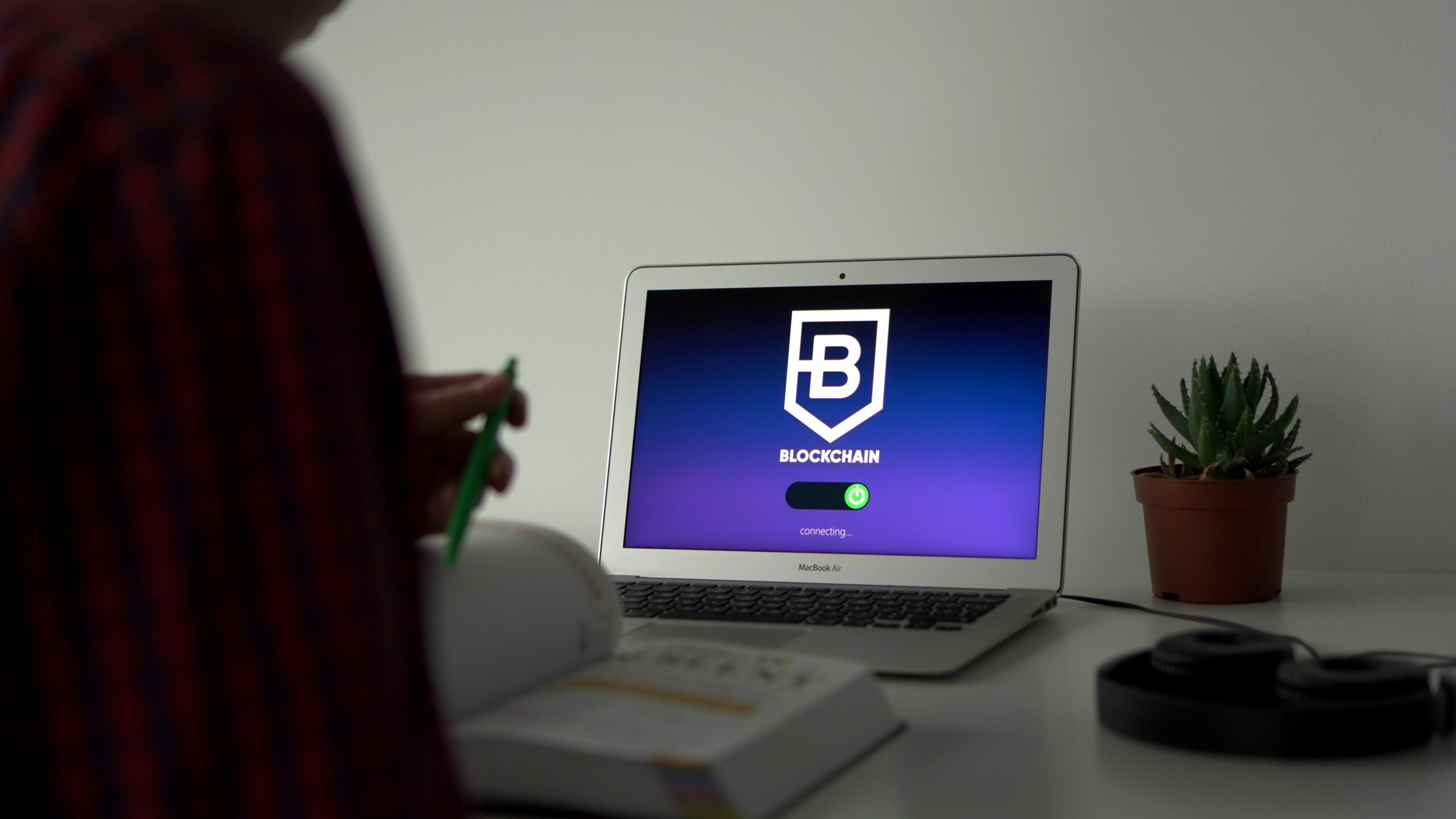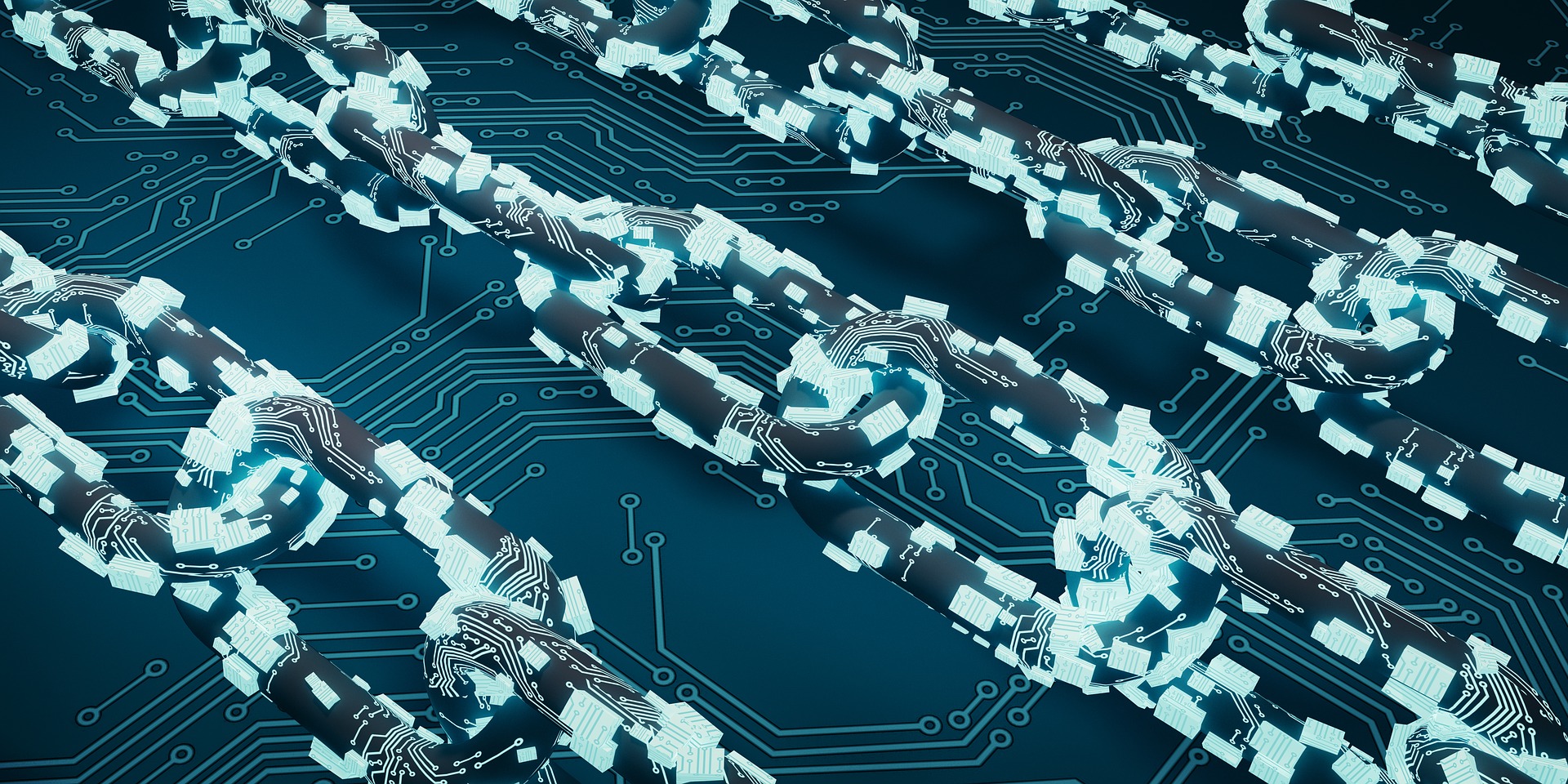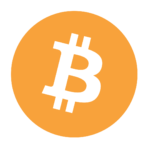
Private keys vs public keys
Do you live for yourself, own your own car or do you have a box…

If you have ever been involved in the purchase of cryptocurrency, you have probably heard the term “blockchains”. Blockchains form the very foundation of cryptocurrency, and contribute to the means of payment being both anonymous and secure.
But what is a blockchain every day, and how does it work? We will now explain this to you – as simple as possible!
 A blockchain is a digital, distributed accounting book where you can view, track and register transactions. The term is derived from the English word “blockchain”, and refers to the many blocks of information about transactions that are linked together.
A blockchain is a digital, distributed accounting book where you can view, track and register transactions. The term is derived from the English word “blockchain”, and refers to the many blocks of information about transactions that are linked together.
For a cryptocurrency like Bitcoin, a new block will be created approx. every ten minutes. In this, data on all the last verified transactions will appear. In each block there will also be data about the previous block, so that all the blocks can be connected in a kind of chain.
A blockchain is also decentralized. This means that control over the various transactions is not centralized with a central bank or any other government body.
Instead, the job of verifying the transactions is distributed to the users in the network. The network is often called a peer-to-peer network.
Those who take on the job of verifying transactions are often called miners. When you do mining, you usually have a graphics card that takes care of the process itself. One is typically rewarded with cryptocurrency for the work.
A transaction in a blockchain can, for example, be the transfer of Bitcoin or another currency, between two different parties.
The transaction takes place by the sender sending money to the recipient, which is done by the sender signing a message regarding the transaction with his private key. The message provides data on amount, recipient’s address (key) and sender’s balance.
The message about the transaction is then distributed to the network, where miners will take on the work of verifying the transaction.
Blockchains are thus distributed, digital and dynamic accounting books or databases. Accounting and verification of transactions are performed in these databases using nodes that use cryptography. The nodes verify all changes and new transactions.
A node can be described as a computer where files with transactions are registered. Two miners usually have the same file on their own PC, since the file is distributed. When a user makes a payment, both of these nodes will receive the information.
Both miners will compete to be the first to verify that you have money (in cryptocurrency) to cover the transaction, as well as the fee the miner charges.
The first miner to perform the job informs about the logic that was followed to verify the transaction, in order to obtain Proof of Work. If the other miner agrees, all files will be updated.
If we look at blockchains in a historical perspective, Bitcoin was the first to implement and apply blockchains in practice. When Bitcoin was launched in 2009, this was groundbreaking.
At the same time, it is worth noting that blockchains have been experimented with since the 1980s. It was David Chaum who first came up with the idea of blockchains in 1982. This concept was then further worked on by W. Scott Sornetta and Stuart Haber beyond the 90s.
In 2008, Satoshi Nakamato began work on implementing blockchains, and in 2009, Bitcoin was launched by the same person (or group of people). It is not known for sure who Nakamato is, or whether it is one or more people.
Bitcoin uses the Proof of Work protocol we described above. Other cryptocurrencies may have other protocols, such as Proof of Stake. There, the miner will be rewarded for effort, rather than work.
One of the things that makes blockchains so special is that they are resistant to data changes that have been stored in the database (the “accounting book”). All data that is stored can not be changed without having to change all other data that was stored afterwards.
This means that it is almost impossible to change data in practice. If a transaction has taken place, you can therefore not contradict this in any way.
Block chains consist of a series of transactions that are arranged in long, continuous blocks. At the beginning of the chain, there is a so-called parent block, also referred to as “block 0” or “parent block”. When enough data is stored in this block, it will be completed.
Blocks in a block chain also consist of unique notch values, numeric values and an hour stamp. Additional blocks are added to the chain from time to time. This time interval may vary, but for Bitcoin a new block is formed every ten minutes.
In the body of the block, ie the main part, we find all the transactions. In the head we find the time stamp, a numeric value that is only used once, and a notch value that refers to the parent block. Each block also refers to the previous block, so that in practice a chain is formed.
The security of transactions sent via a blockchain will, among other things, depend on the digital signature, also known as PKI or Public Key Infrastructure. If you own Bitcoin or another cryptocurrency, your assets are stored in your private cryptocurrency key.
The information you send can be seen by the recipient and others on the network via your public key. Transactions on blockchains are generally very secure, since you get a great deal of anonymity – as long as you do not lose your private crypto key.
Blockchains are fascinating technology that forms the basis for, among other things, cryptocurrency. With cryptocurrencies and blockchains, you can send transactions to recipients via a distributed database, and miners verify the transaction.
Transactions on blockchains are not centralized with the authorities or banks, and are therefore often called “decentralized”. As long as you are good at taking care of your private crypto key, transfers on blockchains are both safe and user-friendly.
You can buy cryptocurrency today and try it for yourself.
[sc_fs_multi_faq headline-0=”h2″ question-0=”Bruker all kryptovaluta blokkjeder?” answer-0=”All kryptovaluta bruker blokkjedeteknologi, noe som omfatter både Ethereum, Dogecoin, Monero og Bitcoin – for å nevne noen.” image-0=”” headline-1=”h2″ question-1=”Hvilken blokkjede er raskest?” answer-1=”Det finnes ulike typer blokkjeder, og Solana regnes for å være den raskeste.” image-1=”” headline-2=”h2″ question-2=”Hvem styrer en blokkjede?” answer-2=”En blokkjede styres ikke av en sentral makt eller bank. Det er brukerne selv som kontrollerer transakjsonene.” image-2=”” count=”3″ html=”true” css_class=””]